Why Do Hydrangeas Wilt So Fast: Understanding The Causes
Hydrangeas are beautiful flowers that are popular for their big, showy blooms. However, they have a reputation for wilting quickly, which can be frustrating for those who want to enjoy their beauty for as long as possible. There are several reasons why hydrangeas wilt so fast; understanding these can help you take better care of your plants.
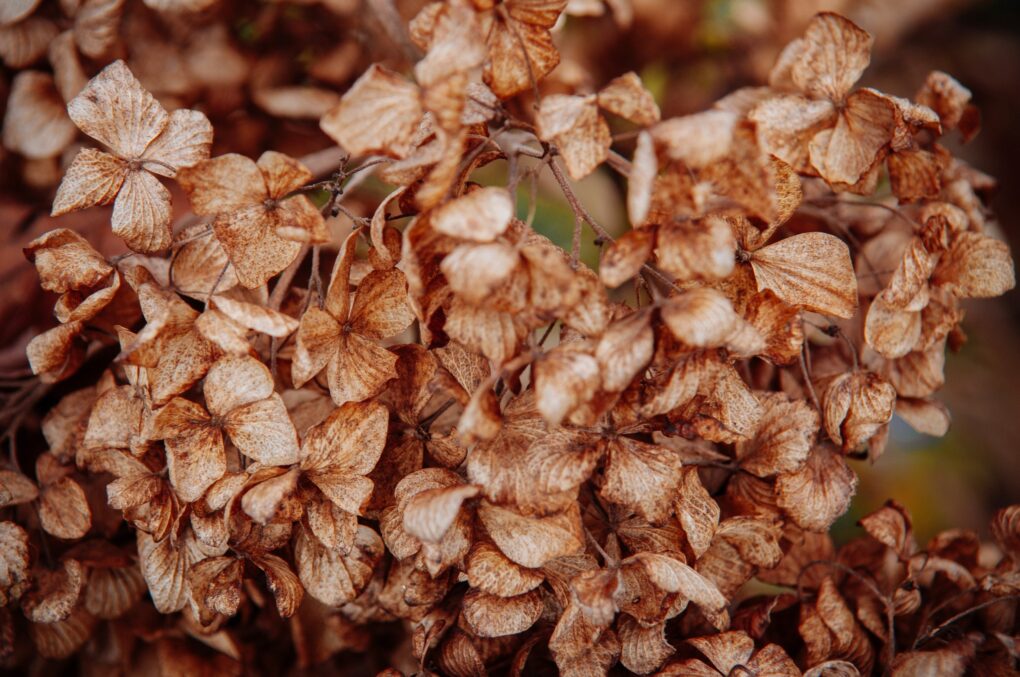
One reason why hydrangeas wilt quickly is due to their thick, woody stems. These stems can make it difficult for the flowers to retain enough moisture to keep them hydrated. Additionally, hydrangeas produce a sticky sap that can clog their stems, further hindering their ability to take in water. If the flowers are not properly hydrated, they will wilt quickly, even if placed in a vase with water.
Another reason why hydrangeas wilt quickly is due to environmental factors. For example, if the flowers are exposed to too much sunlight or heat, the water within the plant will evaporate faster, causing the flowers to dehydrate and wilt. Similarly, if the flowers are not given enough water or are exposed to harsh elements, they will wilt quickly. Protecting your hydrangeas from these environmental factors can help them stay healthy and vibrant for longer.
Table of Contents
Watering
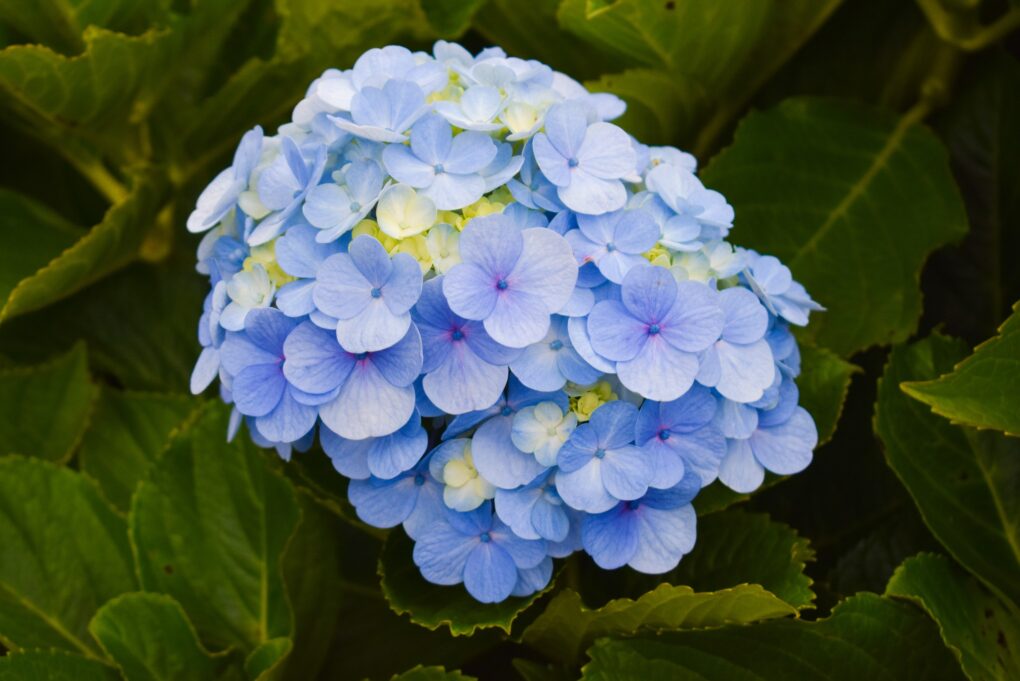
Hydrangeas require consistent watering to thrive, but improper watering can cause wilting. Here are some common watering issues to look out for:
Overwatering
Overwatering is a common mistake that can lead to wilting. When hydrangeas are overwatered, their roots can become waterlogged and suffocate, preventing them from absorbing nutrients. Signs of overwatering include yellowing leaves, stunted growth, and wilting.
To avoid overwatering, ensure your hydrangeas are planted in well-draining soil and that water can flow away from the roots. Avoid watering too frequently and only when the top inch of soil feels dry to the touch. If you’re unsure whether your hydrangeas need water, stick your finger into the soil to check the moisture level.
Underwatering
Underwatering is another common cause of wilting. When hydrangeas don’t receive enough water, their leaves will droop and wilt as they try to conserve moisture. In severe cases, the leaves may even turn brown and crispy.
To prevent underwatering, make sure your hydrangeas are receiving enough water. During hot, dry weather, you may need to water your hydrangeas more frequently than usual. Be sure to water deeply, so that the water reaches the roots, and avoid getting water on the leaves or flowers, as this can lead to fungal diseases.
By paying attention to your hydrangeas’ watering needs and avoiding common watering mistakes, you can help prevent wilting and keep your plants healthy and vibrant.
Environmental Factors
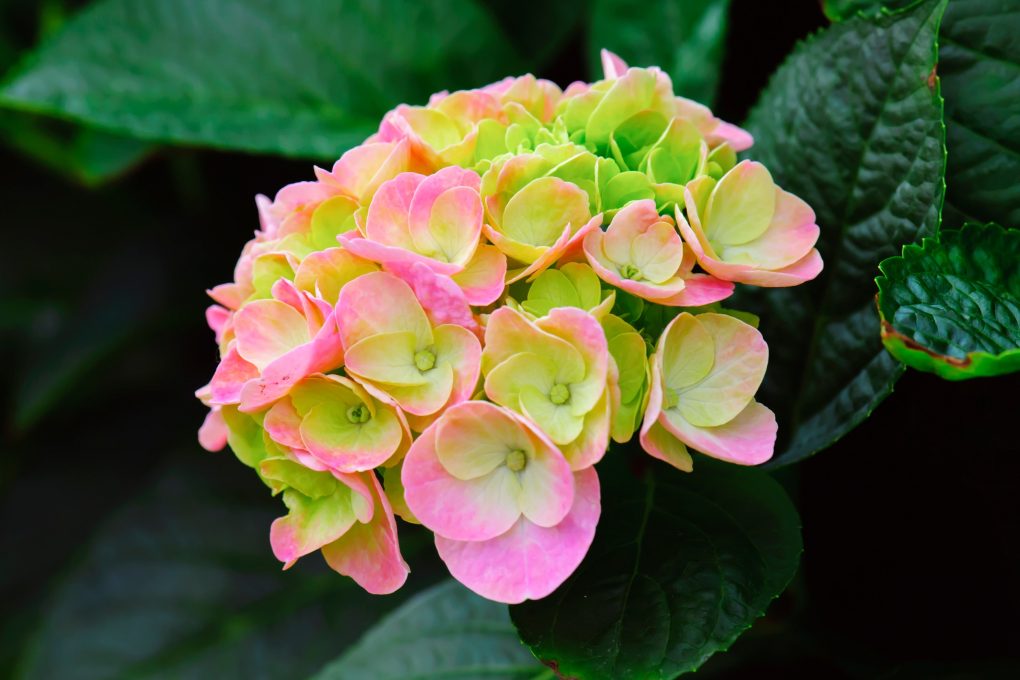
Hydrangeas are sensitive plants that require specific environmental conditions to thrive. When these conditions are not met, the flowers can wilt and droop. Here are some of the environmental factors that can affect the health of hydrangeas:
Temperature
Hydrangeas prefer moderate temperatures between 60-70°F (15-21°C). If the temperature is too high, the flowers may wilt due to dehydration. On the other hand, if the temperature is too low, the plant may not be able to absorb enough water, leading to wilting. Extreme temperature changes can also shock the plant and cause wilting.
Humidity
Hydrangeas require high humidity levels to thrive. If the air is too dry, the flowers may wilt and dry out. To increase humidity levels, you can mist the plant with water or place a tray of water near the plant.
Sunlight
Hydrangeas prefer partial shade and indirect sunlight. Direct sunlight can cause the flowers to wilt and dry out. If the plant is exposed to too much sunlight, it may become dehydrated and wilt. To prevent this, you can provide shade for the plant during the hottest parts of the day.
By ensuring that the temperature, humidity, and sunlight levels are optimal for your hydrangeas, you can prevent wilting and keep your flowers healthy and vibrant.
Soil
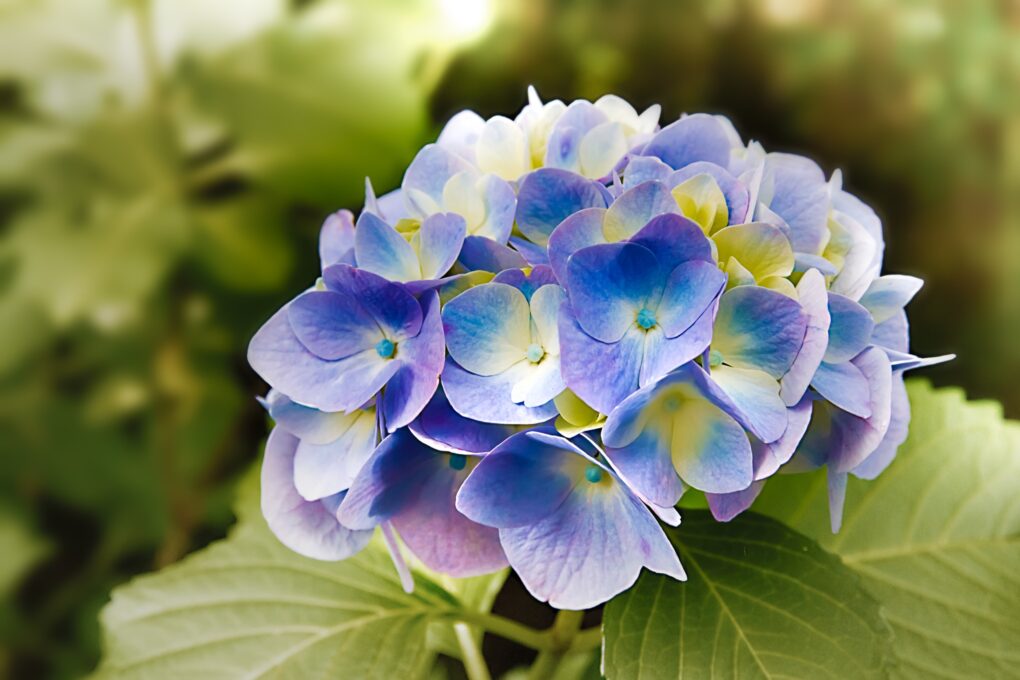
Soil is a crucial factor in the health and vitality of hydrangeas. The right soil type and pH level can help hydrangeas thrive, while the wrong conditions can cause wilting and other issues.
Soil Type
Hydrangeas prefer moist, well-drained soil that is rich in organic matter. Soil that is too dry or too wet can cause wilting and other problems. Sandy soil drains quickly and can cause wilting to occur faster, while soil rich in organic matter with better water-holding ability can help hydrangeas retain moisture.
If you have heavy clay soil, it’s important to amend it with organic matter to improve drainage and aeration. This will help prevent waterlogged soil, which can lead to root rot and other issues.
Soil pH
The pH level of the soil can also affect hydrangeas. Different hydrangea varieties prefer different pH levels:
| Hydrangea Variety | Preferred Soil pH |
| Blue hydrangeas | Acidic soil with a pH of 5.2-5.5 |
| Pink hydrangeas | Slightly acidic soil with a pH of 6.0-6.2 |
| White hydrangeas | Neutral to slightly alkaline soil with a pH of 6.5-7.5 |
If your soil is not within the preferred pH range for your hydrangea variety, you can amend it with lime to raise the pH or sulfur to lower the pH.
It’s important to note that changing the soil pH can take time and should be done gradually over several seasons to avoid shocking the plant.
Pests and Diseases
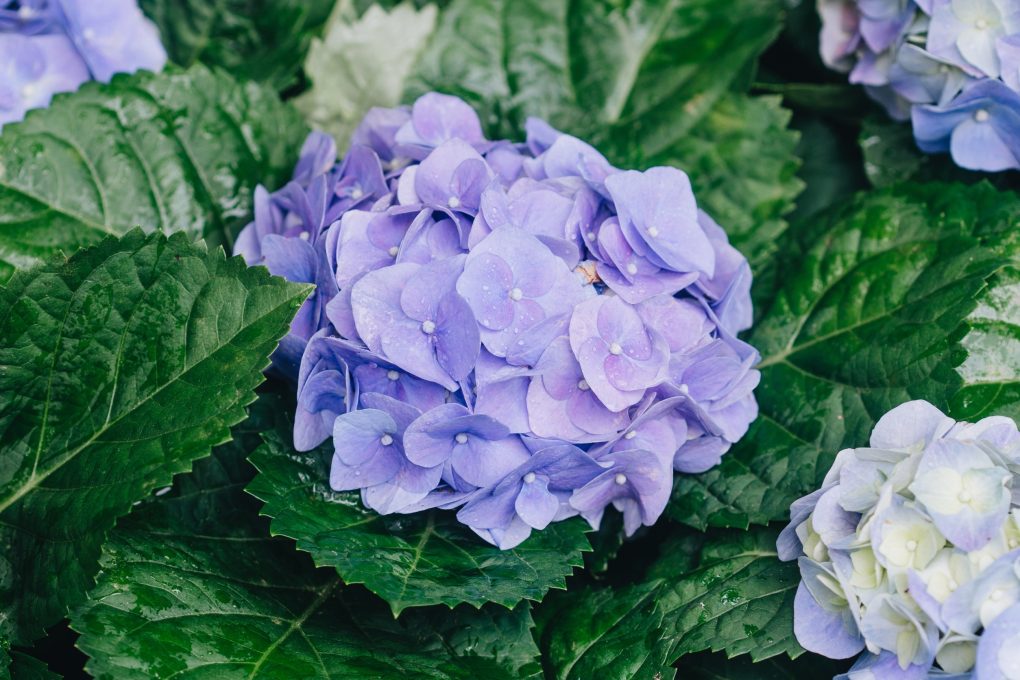
Common Pests
Hydrangeas are susceptible to various pests, including aphids, spider mites, and scale insects. These pests can cause damage to the leaves and stems, leading to wilting and other issues. Aphids, for example, feed on the plant’s sap, causing the leaves to curl and yellow. Spider mites, on the other hand, create webs on the leaves and cause them to turn yellow and fall off. Scale insects attach themselves to the stems and leaves and can cause stunted growth and leaf drop.
Gardeners can use insecticidal soap or neem oil to prevent and treat pest infestations. These products are safe and effective for use on hydrangeas and can help control the population of pests.
Common Diseases
Hydrangeas are also susceptible to several diseases, including powdery mildew, leaf spot, and bacterial wilt. Powdery mildew is a fungal disease that causes a white, powdery coating on the leaves and stems. Leaf spot is another fungal disease that causes brown spots on the leaves. On the other hand, bacterial wilt is a bacterial disease that causes the plant to wilt and eventually die.
Gardeners can use fungicides or remove infected leaves and stems to prevent and treat fungal diseases. Bacterial wilt, however, is difficult to treat and can be prevented by planting disease-resistant varieties and avoiding overwatering.
Pruning and Maintenance
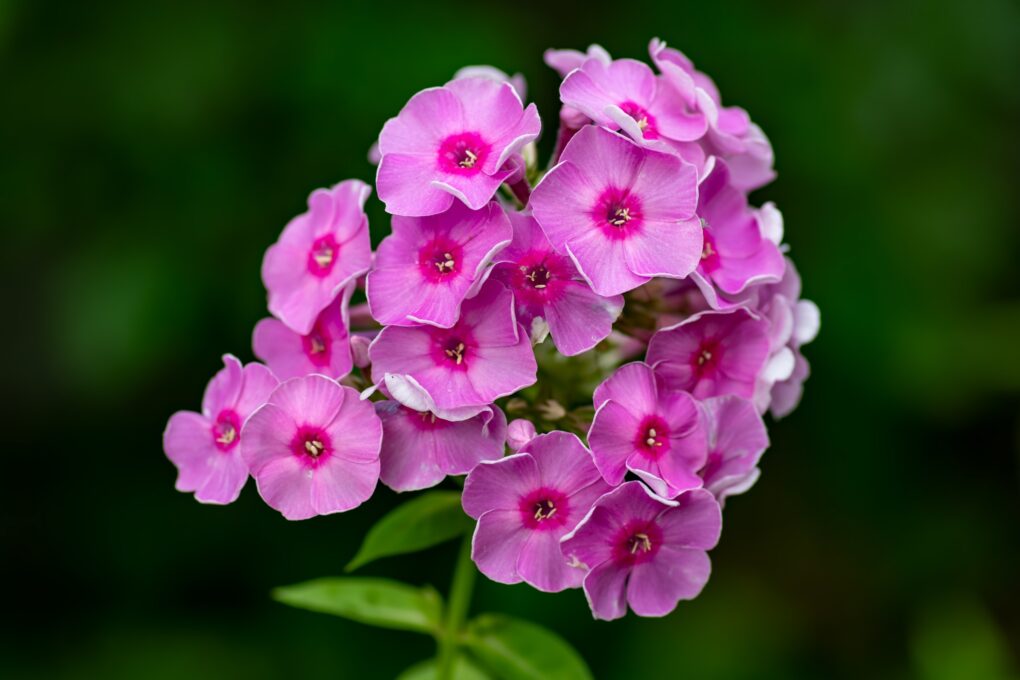
Pruning Tips
Pruning hydrangeas is important for maintaining their health and promoting new growth. It’s best to prune them immediately after they bloom, so you don’t accidentally remove any potential flower buds. So here are some tips for pruning:
- Remove any dead, damaged, or diseased wood.
- Trim back any branches that are crossing or rubbing against each other.
- Cut back any stems that are too long or out of shape.
- For mophead and lace-cap hydrangeas, only remove up to one-third of the plant’s height.
- For panicle and smooth hydrangeas, you can cut them back more aggressively.
Maintenance Tips
Proper maintenance can help prevent your hydrangeas from wilting and ensure they stay healthy throughout the growing season. Here are some tips:
- Water your hydrangeas deeply once a week, ensuring the soil is moist but not waterlogged.
- Apply a slow-release fertilizer in the spring to promote healthy growth.
- Apply a layer of mulch around the base of the plant to help retain moisture and suppress weeds.
- Monitor your plants for any signs of pests or diseases, and treat them promptly if necessary.
- Protect your plants from extreme temperatures and harsh winds by providing shade or windbreaks.
